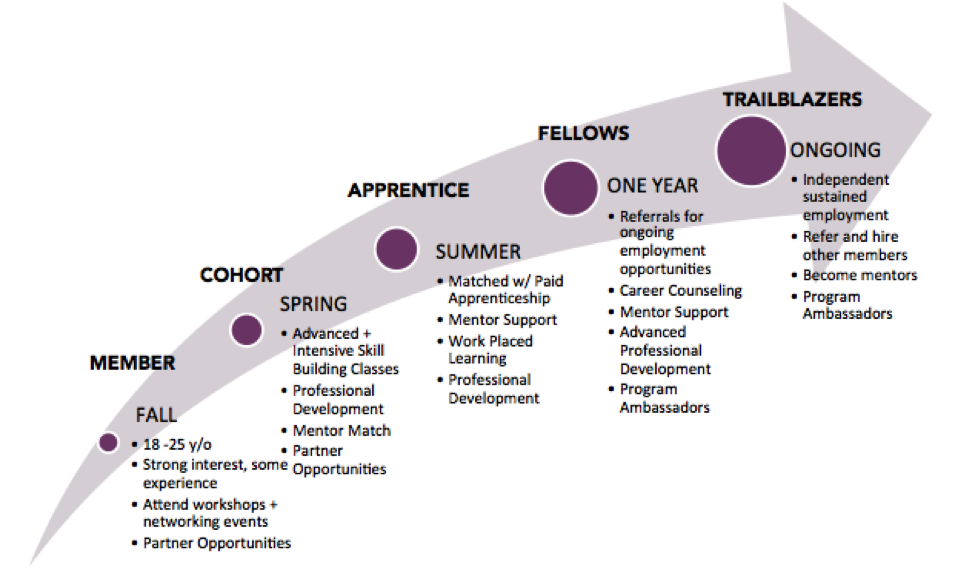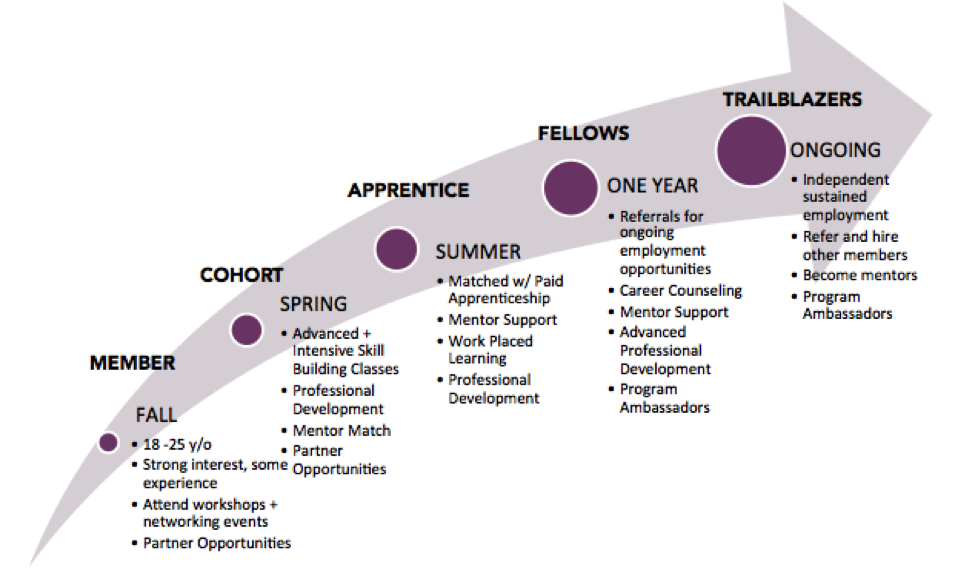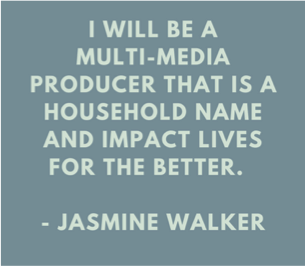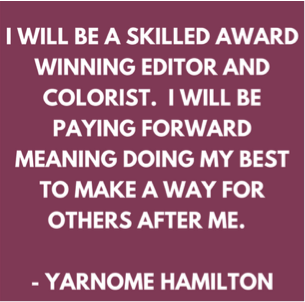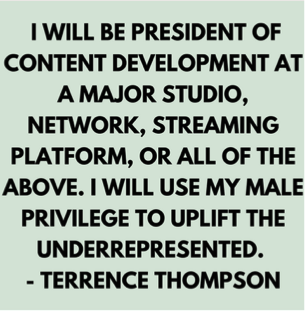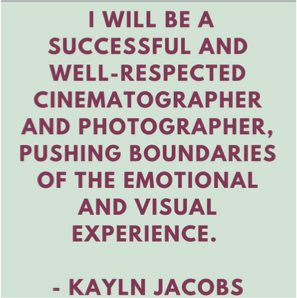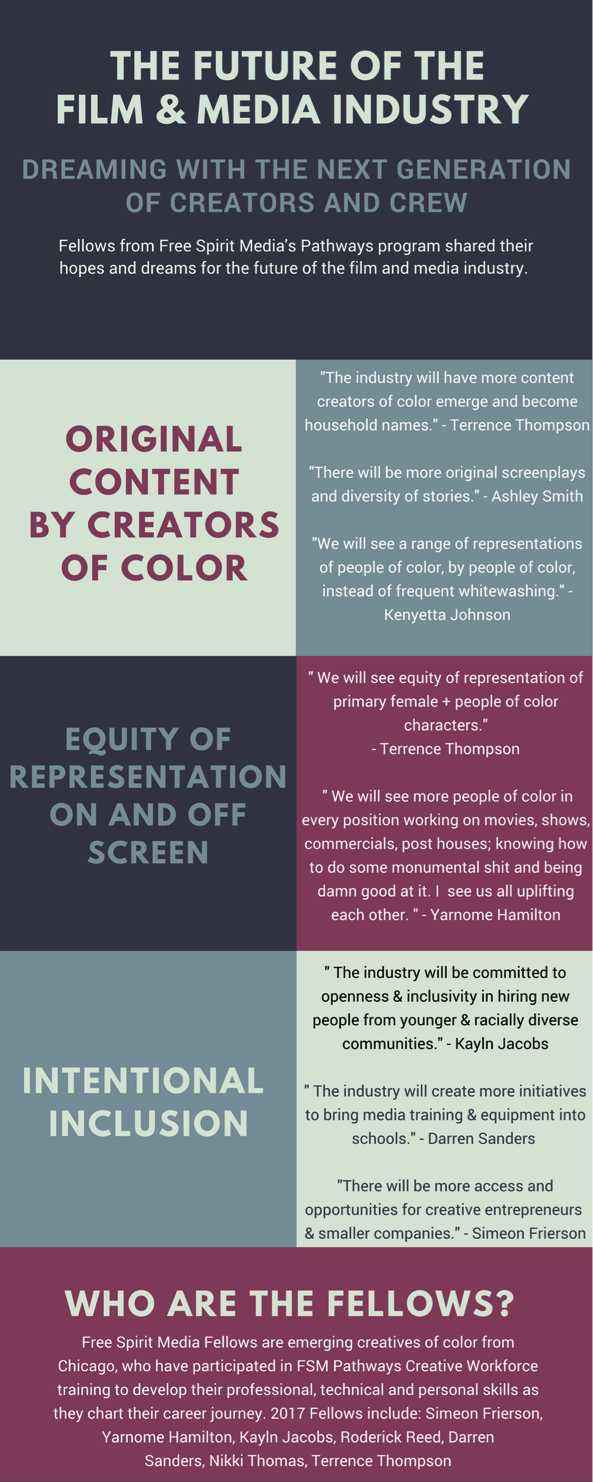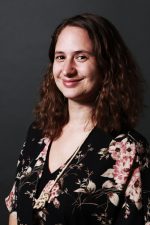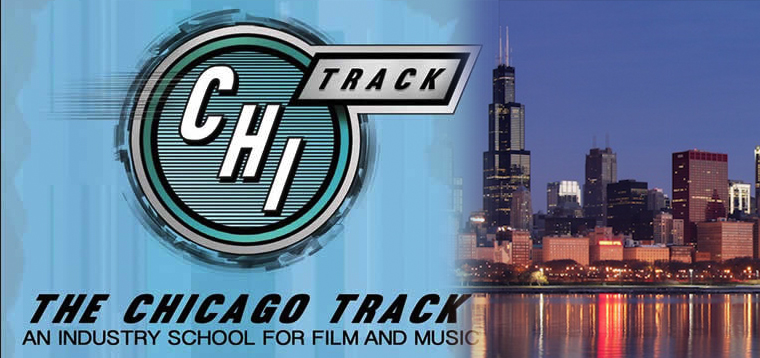This lesson plan was developed for Free Spirit Media’s Pathways initiative, a professional and creative workforce development program that helps emerging creatives 18-25 years old develop careers in the media and film industries. The prompt was inspired by The Alliance’s 50 states Dinner Party Project, where youth media practitioners and participants from around the country come together to reflect on the future of youth media, the wider media landscape and the world. Students who participated in this lesson have been involved in our programs for over a year, and we wanted to explore with them how the program has helped them achieve their goals, what goals they had for the next chapter of their lives that we could help them achieve, and their desired future was for their career and the industry.
To learn more about the project and our student’s desired futures, please see the accompanying article, Mapping Our Desired Futures: Dreaming with the Next Generation of Creators and Crew.
Time
2 hour approximate
Intended Audience
Young adults pursuing careers in the film and media or any creative industry; anyone who has a dream and a desired future; works well with groups that already have built some relationship and community
Overview & Context
This exercise is focused developing a core 21st workforce development skill (as defined by MHA Labs)—Planning for Success. Students reflect back on what they are proud of in the past year while charting ambitious goals for next year. Students are challenged to dream of their desired future for the film and media industry and where they see themselves in it. The exercise is also a helpful tool to explore how a program has impacted participants in unexpected ways.
Goals
- Students own at least three points of pride from the past year.
- Students map at least three SMART goals for the next year.
- Students define/redefine what long term success looks like for them.
- Students make a plan to hold themselves and each other accountable to their goals.
- Program gathers valuable insight to inform future planning and understand impact.
Materials Needed
- Meal or Snacks
- Post It Notes galore
- Digital/Video Recorder
- Pens & Markers
Lesson Plan Overview
-
- 20 min / Warm Up + Eat
- 15 min / Open the circle + Introduce the exercise
- Go around the room, and state one next step you have recently taken on a personal or professional goal
- 5 min / PROMPT: What are you proud of? List at least three things on different post it notes
- Facilitator Notes: It does not need to be an accomplishment. Can be as small, or as big as you want. Don’t just think about things you did, but things you learned, behaviors you changed, ways you opened up to possibility in your creative life.
-
- 10 min / Students go around the circle and share out one to three things they are proud of, depending on size and time allotment. Once shared, post it notes go up to a wall, self sorted by common themes
- Facilitator Notes: Be sure to acknowledge each other’s triumphs with snapping or clapping or whatever you do.
- 5 min / PROMPT: What do you hope to be writing on a post it note one year from now, as something you are proud of in 2017? List at least three things on different post it notes
- 10 min / Students go around the circle and share out one to three things they are proud of, depending on size and time allotment. Once shared, post it notes go up to a wall, self sorted by common themes
- Facilitator Note: One fellow had the excellent idea of starting statements with “ I Will…” as in “ I will produce a web series about being a young artist in Chicago” to bring about the powers of manifestation
-
- 10 min / Students go around the circle and share out all of their goals (one at a time, around the circle multiple times or all together, depending on time. Once shared, post it notes go up to a wall, self sorted by common themes
- Facilitator Notes: Be sure to acknowledge each other’s triumphs with snapping or clapping or whatever you do.
- 10 min / Students go around the circle and share out all of their goals (one at a time, around the circle multiple times or all together, depending on time. Once shared, post it notes go up to a wall, self sorted by common themes
- 5 min / PROMPT: What is your desired future for our industry —the film and media industry–here in our city, our country or our world?
- 10 min / Students go around the circle and share out their desired future. Once shared, post it notes go up to a wall, self sorted by common themes
-
- 5 min / PROMPT: Finally, imaging that the desired future for our industry is true, where do you see yourself in it? What do you aspire to?
- 5 min / Students stand and reach their aspirational statements
- 10 min / Wrapping up: Our group decided we wanted to hold each other accountable by meeting every two months to check in on our goals, see how we could support each other, and continue to measure success as the year progressed. We decided next time to make it a potluck.
- Be sure to either collect post it notes, or take photos and type up for program records.
- 5 min / Closing Circle: PROMPT: What’s your one word for 2017?
- Follow up: Consider documenting/ collecting participants goals on a google spreadsheet and share with the group, and then continue to add onto the document through the year, as participants take steps to document collective progression, accountability and success.
- To see Free Spirit Media Fellow’s Desired Futures, see the YMR Article Mapping Our Desired Futures: Dreaming with the Next Generation of Creators and Crew.
“Planning for Success.” MHA Labs. Accessed Jan 19th, 2017
“The 50 States Dinner Party Project.” The Alliance for Media and Culture. Accessed Jan 19th, 2017
About the Author
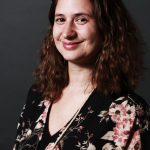 Lucia Palmarini is an educator, program manager, and mobilizer with Free Spirit Media whose mission is to bring people together through the creation and experience of the media and creative arts. As Pathways Manager at Free Spirit Media, she oversees FSM’s professional and workforce development programs that help emerging creatives build careers in the film and media industries. Before Free Spirit Media, Ms. Palmarini was a driving force as Director and Festival Manager at CIMMfest, the Chicago International Movies and Music Festival, and Community TV Network, Chicago’s oldest youth media organization. She started her career in non-profit program development and strategy with the co-founding of Cincinnati’s first community based bicycle shop, MoBo Bicycle Co-op in 2007 before turning her focus to developing youth & community arts programs. Ms. Palmarini has designed and facilitated numerous intergenerational community arts programs in topics from hip hop arts, photography, peace education, oral history, creative writing, artrepenuership, community exploration, documentary filmmaking and more. With a Masters in Arts Management from Columbia College Chicago, and a Bachelors in Documentary Studies from the College of Santa Fe, Ms. Palmarini strives to connect the bridge between vision and strategy, program and process. Her passions include but are not limited to storytelling, databases, potlucks, film screenings in unlikely places, social entrepreneurship and making the impossible possible.
Lucia Palmarini is an educator, program manager, and mobilizer with Free Spirit Media whose mission is to bring people together through the creation and experience of the media and creative arts. As Pathways Manager at Free Spirit Media, she oversees FSM’s professional and workforce development programs that help emerging creatives build careers in the film and media industries. Before Free Spirit Media, Ms. Palmarini was a driving force as Director and Festival Manager at CIMMfest, the Chicago International Movies and Music Festival, and Community TV Network, Chicago’s oldest youth media organization. She started her career in non-profit program development and strategy with the co-founding of Cincinnati’s first community based bicycle shop, MoBo Bicycle Co-op in 2007 before turning her focus to developing youth & community arts programs. Ms. Palmarini has designed and facilitated numerous intergenerational community arts programs in topics from hip hop arts, photography, peace education, oral history, creative writing, artrepenuership, community exploration, documentary filmmaking and more. With a Masters in Arts Management from Columbia College Chicago, and a Bachelors in Documentary Studies from the College of Santa Fe, Ms. Palmarini strives to connect the bridge between vision and strategy, program and process. Her passions include but are not limited to storytelling, databases, potlucks, film screenings in unlikely places, social entrepreneurship and making the impossible possible.

